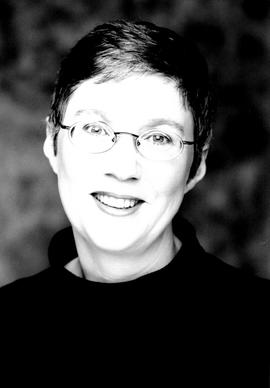- IE DCUA C32/3/2/1
- File
- 1979 - 2015
Part of Mary Mulvihill Collection
A very large file of 24 folders with diverse material covering Mulvihill’s interests in scientific education, training and research. The file covers a broad range of interests and includes: A heavily annotated book entitled, Blood & Guts, A Short History of Medicine (London, 2003), by Roy Porter, an itinerary and report from the ‘First European Feminist Conference on Reproductive Technologies and Genetic Engineering’ that was held in Spain in October 1986, the itinerary and notes from ‘Irish Origins: The Genetic History and Geography of Ireland’, a conference held in the Royal Irish Academy in December 2000. Research carried out by Mulvihill into the Vartry Reservoir and other infrastructure to supply Dublin city with water. As well as the mining industry in county Wicklow, a
press paper for the BA (British Association for the Advancement of Science) Festival of Science in May 2005.
Dublin Institute for Advanced Studies (DIAS) Media and Outreach Strategies, provided by Mulvihill’s Science Media Consultancy, 1 May 2013. A Report entitled Women in Industrial Research; a wakeup call for European Industry (European Commission, 2003),
Annotated launch paper for the ‘Gender Equality Unit’ of the Department of Education and Science (4 December 2001), a strategy for Women in Science, Engineering and Technology (November 2002), an invite and programme of the Science on Screen Festival, which Mulvihill helped to organise in March 1997, an annotated preparatory script for the Blood and Guts audio tour of Dublin. Handwritten research notes on Marsh’s Library, and annotated/amended Rules for the Irish Science Journalists Association (December, 1991). Minutes for the ‘RDS Advisory Committee on Science Meeting’, held on 15 June 1993, Mulvihill’s Year Planner and Professional Diary for 1997, and the initial ‘Call for Information’ for the Eureka Guide to Ireland in 1997. This project became Ingenious Ireland in 2002.
16 notebooks of research, ideas and suggestions written by Mulvihill from 1990-1999. Certificate awarded to Mulvihill (National Science and Technology Journalism Awards 2002-3). 3 large photographs, 2 of which show the Scholars' Dinner in Trinity College, Dublin in 1979. One photograph is mounted with accompanying identification. Third photograph shows a gathering of past pupils for the same occasion in 1989. Mulvihill appears in both. 4 editions of the Irish Historic Towns Atlas series, as well as art materials and paintings made by Mulvihill during personal art classes.
Untitled

